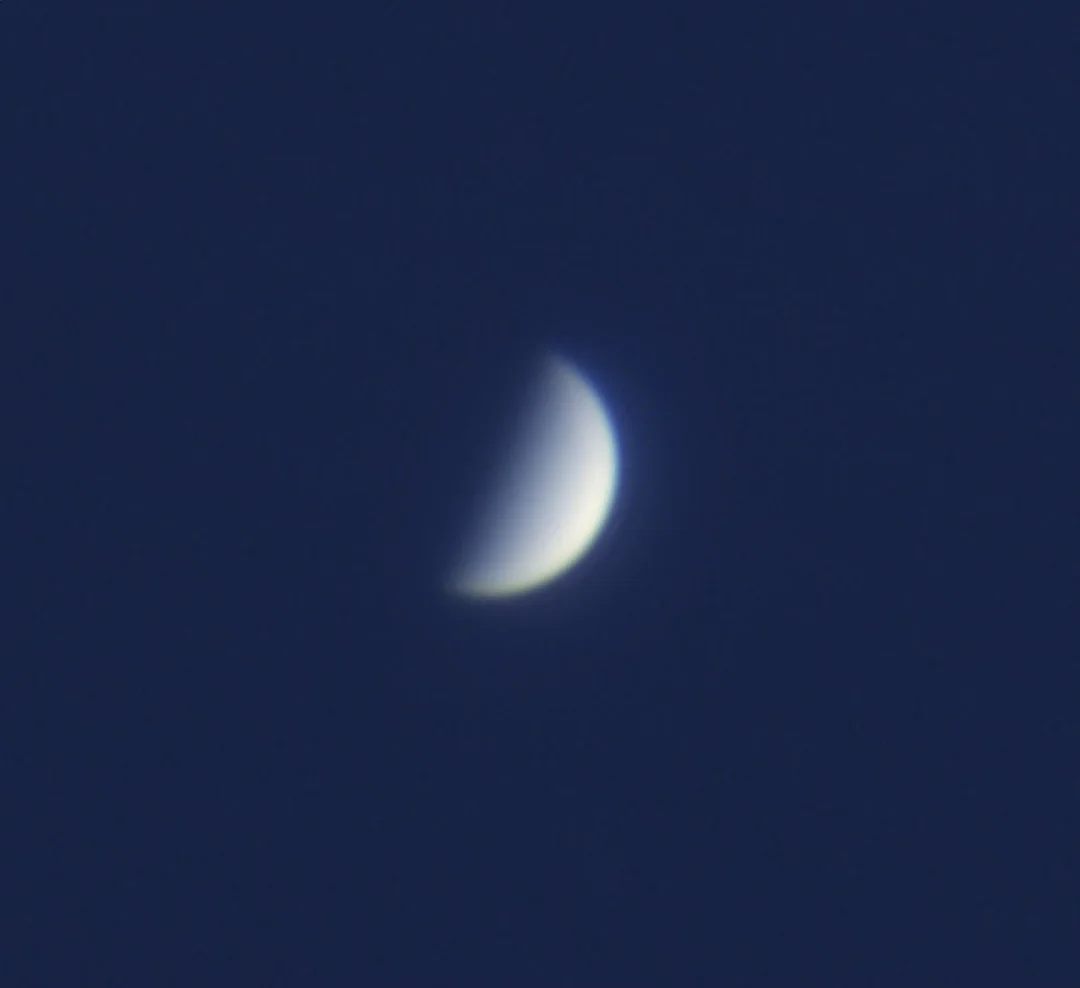
Venus Shines Bright: How to Spot the ‘Morning Star’ at Its Best This Week
Get ready to witness a celestial spectacle this week as Venus, the dazzling 'morning star,' reaches its point of greatest western elongation on June 1st. This means the planet will be at its most distant point from the sun in Earth's sky during its pre-dawn apparition, offering skywatchers a prime opportunity to observe its brilliance.
According to EarthSky.org, the orbital milestone occurs at 00:00 a.m. EDT (0400 GMT) on June 1st. Venus will appear separated from the sun by 46 degrees along the ecliptic, the apparent path of the sun and planets through the constellations.

The best time to spot Venus is during the pre-dawn hours of May 31st and June 1st. Look for a bright, magnitude -4.3 morning star rising over the eastern horizon. It should be easily visible to the naked eye. For a closer look, Celestron suggests a telescope with at least 60mm (2.4") aperture to view the planet's half-lit disk.
Venus has been a regular fixture in the morning sky since its inferior conjunction on March 22nd. Its tight orbit keeps it relatively close to the horizon compared to other planets like Mars or Jupiter.
Adding to the allure, this week also marks Venus's dichotomy, the point where it appears 50 percent lit. Shahrin Ahmad captured the planet at 49.9 percent lit in 2017.

According to astronomer Johann Schröter in the late 1700s, Venus often appears to reach dichotomy a few days before or after calculations predict. Known as the Schröter effect, this phenomenon is likely due to optical illusions caused by sunlight reflecting off the planet's thick clouds, or how our eyes perceive it through our atmosphere.
While June 1st is the point of greatest separation between the sun and Venus, it won't necessarily be the highest the planet rises above the eastern horizon due to the Earth's wobbling orbit.
Don't miss this opportunity to witness Venus at its finest! Will you be setting your alarm to catch a glimpse of the 'morning star' this week? Let us know in the comments below!